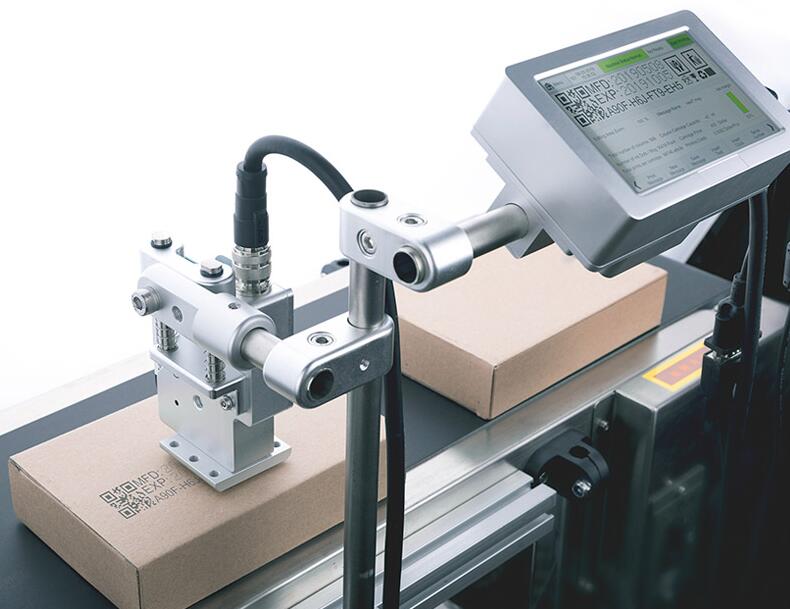In manufacturing, it's not just the actual product that you need to focus on. Product labeling will also play an important role in your overall success. You don't want to make a wrong turn, because mistakes on product labeling can lead to serious problems.
To help you, here are some labeling best practices you need to follow throughout the manufacturing process.
4 Optimal Product Labeling Practices
Go for Functionality
It's not just about looks, it's also about function. Now, one thing that makes labels work is the addition of barcodes.
Barcodes contain information that is useful to manufacturers, suppliers, distributors and consumers. While this may seem like an additional cost to you, the benefits of barcode printing include industry regulatory compliance, supply chain visibility and more.
Automated Product Labeling
Errors and inefficiencies are among the reasons your output and productivity may suffer. Ultimately, these can also impact your overall revenue and brand reputation. With these two online, why experience labeling errors when you can avoid them through automation? Create an integrated labeling process that covers regulatory compliance, supply chain and customer satisfaction. Purchase product labeling machines that help streamline the process and avoid frustration wherever possible.
Incorporate Product Traceability
Companies need to apply traceability to their processes. In addition to the ingredients and other relevant details that product labels typically have. Some of the information you can add to your labels can facilitate product traceability and can protect you from health and safety issues, costly recalls, penalties, supply chain disruptions, and damage to your brand reputation or identity.
Consider the aesthetics
Product labels will be the initial connection between your target market and your products. They may help you make the most of them, or they may undermine any opportunity for consumer engagement. Consider how your label will represent your product and appeal to your target market at the same time. The right choice of design on your label can enhance your marketing efforts.
Manufacturers are constantly striving to meet customer expectations and satisfy industry demands. This can be challenging, but by simplifying your operations, you are one step closer to overcoming them. Product labeling is a powerful aspect that can leverage your bottom line. Do this by following best practices and investing in advanced printing and application technologies.
Docod Precision Group can help you automate your product labeling process. From handheld printing devices to powerful printers, you can count on partners who can make the label printing process easier and more efficient.

评论
发表评论